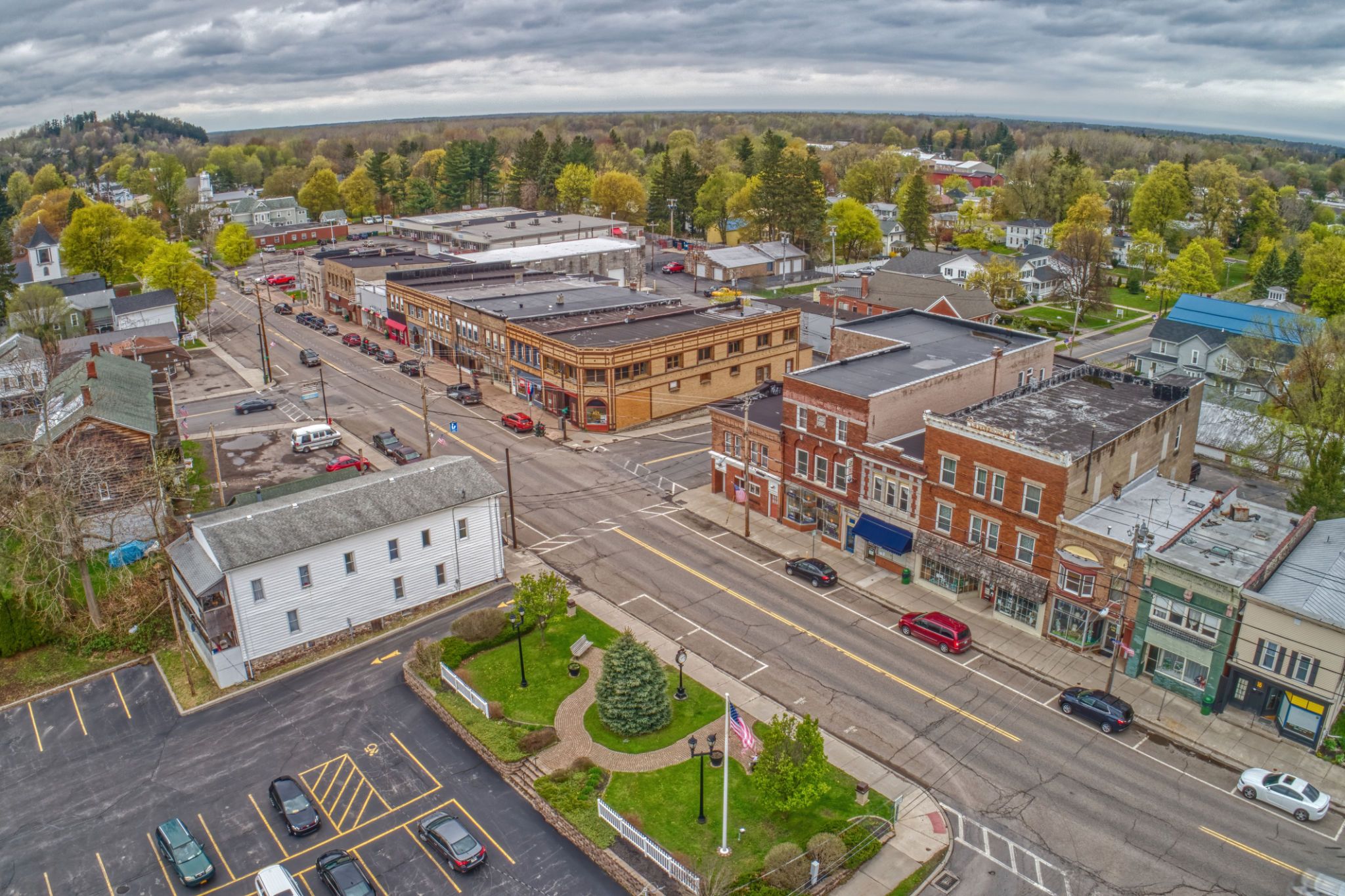Rochester Film Industry: Trends in Color Grading and Post-Production
Introduction to Rochester's Film Industry
Rochester, historically known for its rich contributions to the photographic and film industries, continues to evolve as a hub for filmmakers. The city's vibrant arts community and unique blend of urban and natural landscapes make it an attractive location for both indie and mainstream productions. As the film industry in Rochester grows, so do the techniques and technologies employed in post-production, particularly in the realm of color grading.

The Evolution of Color Grading
Color grading has come a long way from its early days of manual correction. In today's digital age, it involves sophisticated software that allows filmmakers to manipulate color to enhance mood, create continuity, and establish a distinct visual style. Rochester's filmmakers are increasingly utilizing these advanced tools to bring their visions to life.
One notable trend in Rochester is the use of high dynamic range (HDR) technology. HDR allows for a wider range of colors and brightness levels, resulting in more vivid imagery. This technology is becoming more accessible, providing filmmakers with the ability to craft compelling stories through enhanced visual storytelling.
Advanced Software Tools
The rise of powerful software solutions has democratized color grading, making it accessible even to small-scale productions. Tools like DaVinci Resolve and Adobe Premiere Pro are popular among Rochester's filmmakers for their comprehensive features. These platforms offer extensive color correction capabilities, enabling filmmakers to adjust everything from saturation to contrast with precision.

Moreover, these tools support real-time collaboration, allowing teams to work together seamlessly regardless of location. This is particularly beneficial in a city like Rochester, where collaboration between local talent is key to driving innovation in filmmaking.
Post-Production Techniques
In addition to color grading, other post-production techniques are gaining traction in Rochester’s film scene. Visual effects (VFX) studios in the area are pushing boundaries by integrating CGI elements with live-action footage. This enhances storytelling by bringing fantastical elements to life or seamlessly blending different scenes.
Sound design is another crucial aspect of post-production that is receiving increased attention. Rochester's sound engineers are harnessing cutting-edge technology to create immersive audio experiences that complement the visual elements of films, further enhancing the overall production quality.

The Impact of Emerging Technologies
Emerging technologies like artificial intelligence (AI) and machine learning are beginning to influence post-production processes in Rochester. AI-driven tools can automate time-consuming tasks such as sorting footage or identifying potential continuity errors, allowing filmmakers to focus more on creative decisions.
These technologies are also being used in color grading, where AI can suggest color palettes based on scene composition and emotional context. This not only speeds up the workflow but also opens up new creative possibilities for filmmakers.
Sustainability in Post-Production
As the global conversation around sustainability grows, Rochester's film industry is also taking steps towards eco-friendly practices in post-production. Digital workflows reduce the need for physical materials, while energy-efficient software solutions minimize carbon footprints. These efforts reflect a broader commitment within the industry to embrace sustainable practices without compromising on quality.

The future of Rochester's film industry looks promising as it continues to adapt and innovate in response to these exciting trends. By embracing new technologies and sustainable practices, local filmmakers are well-positioned to make their mark on the global stage.
